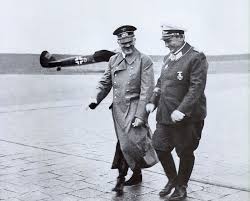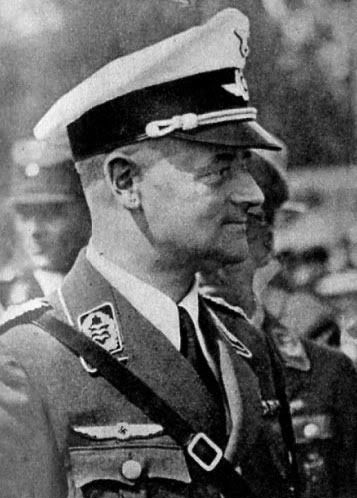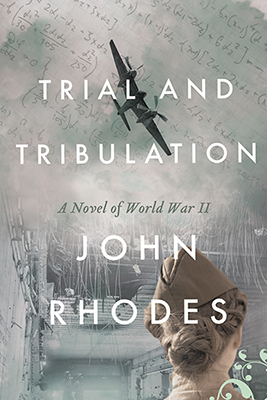Führer Directive 16, July 16th, 1940
Hitler launches Unternehmen Seelöwe
Operation Sea Lion
On July 16th, 1940, 80 years ago, given the obdurate Mr. Churchill’s unwillingness to surrender without a fight, Adolf Hitler signed Führer Directive # 16, commanding preparations for a cross-channel invasion of England. Hitler seems to have given the impression he was doing this more in sorrow than in anger—he even went to the Reichstag three days later to make a public appeal for England to be reasonable. It was, the world discovered, all England’s fault and the poor misunderstood Führer was just a helpless victim.
Fuhrer Directive #16 not only set the Battle of Britain in motion, but it defined its purpose and its architecture, for he directed that: ‘The English Air Force must be so reduced morally and physically that it is unable to deliver any significant attack against the German crossing.’ (circled in document to the right)
It was to be a clash of opposites, a supreme example of asymmetric warfare—attacker versus defender, bomber versus fighter, the few against the many…
The overwhelmingly powerful Luftflotte II, with well over a thousand modern bombers and Me 109 fighters, would destroy the RAF’s southern airfields and therefore its ability to control the air south of London.
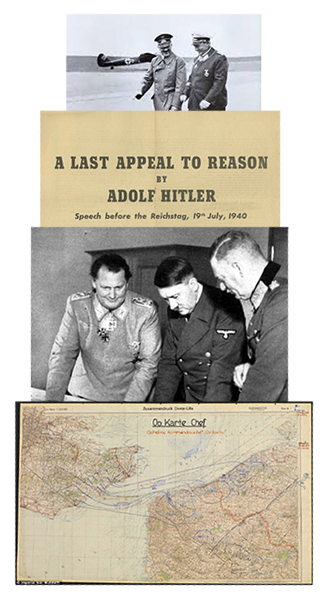
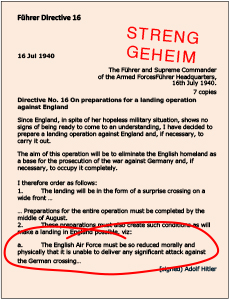
This would be a classic implementation of the Luftwaffe doctrine of strategic bombing first enunciated by Luftwaffe General Walther Wever in 1935 in his seminal ‘The Conduct of the Aerial Air War,’ which called for the defeat of enemy air forces not by shooting them out of the sky but by the destruction of their airfields and factories. (In this he differed from the conventional dogma of the time, which called for massive aerial confrontations, popularized by the Italian strategist Maresciallo dell’Aria Italo Balbo, the father of ‘Big Wing’ theory.)
- Churchill’s determination to fight regards of the odds—‘in spite of all terror’ as he put it
- Keith Park’s tactical brilliance in countering the onslaught and preserving his forces
- High Dowding’s creation of the Fighter Command control system, a revolution in aerial command and control that cancelled out Wever’s strategy, and whose principles still form the basis for aerial warfare today, eighty years later
- And, above all, the character of the young pilots who flew the Hurricanes and Spitfires



